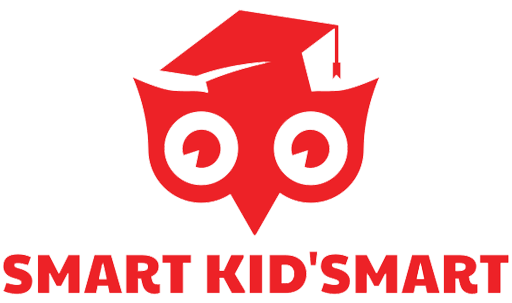Introduction
In a world where sustainability is paramount, teaching our children to care for the environment is crucial. One effective and enjoyable way to do this is through educational toys, particularly those made from eco-friendly materials like wood. These toys are not just tools for play; they are vehicles for imparting important lessons about environmental stewardship.
Why Choose Wooden Toys?
Wooden toys offer numerous benefits over their plastic counterparts. They are durable, biodegradable, and made from renewable resources. Unlike plastic toys, which can release harmful chemicals and contribute to pollution, wooden toys are natural and safe for children and the environment. Additionally, wooden toys often come in simple, classic designs that encourage imaginative play and help develop fine motor skills and cognitive abilities in children.
Eco-Friendly Toys and Their Environmental Impact
Eco-friendly toys go beyond just being made of wood. They encompass a range of toys made from recycled materials, powered by manual operation instead of batteries, or designed to teach environmental concepts. By choosing these toys, you are reducing your carbon footprint, minimizing waste, and supporting sustainable practices in the toy industry.
Examples of Eco-Friendly Play
- Gardening with Wooden Tools: Using wooden gardening sets, children can learn about plant life cycles and the importance of ecosystems. These hands-on experiences foster a connection with nature and an understanding of how our actions impact the environment.
- Building and Creating with Sustainable Materials: Wooden building blocks or sets encourage creativity and can be used for educational projects like creating birdhouses, which teach children about wildlife conservation.
- Exploring Renewable Energy: Toys like wooden windmills or water wheels can introduce the concept of renewable energy sources, highlighting the importance of reducing dependence on fossil fuels.
The Added Value of Educational Play
Educational toys made from eco-friendly materials offer a dual benefit: they provide endless hours of fun while educating children about environmental issues. For instance, puzzles that depict wildlife or ecosystems can spark discussions about biodiversity and the importance of conservation. Games that involve sorting and recycling can instill habits that children carry into adulthood.
Long-Term Benefits
Introducing children to sustainable living through play has long-term benefits. It cultivates eco-conscious citizens who are aware of their impact on the planet and are committed to making positive changes. By starting these lessons early in life, we lay the foundation for a more sustainable future.
Conclusion
Choosing eco-friendly educational toys is a small but significant step towards a more sustainable lifestyle. It's an investment in our children's future and the health of our planet. As parents and educators, we have the power to make a difference, starting with the toys we select for our children's play and learning.

